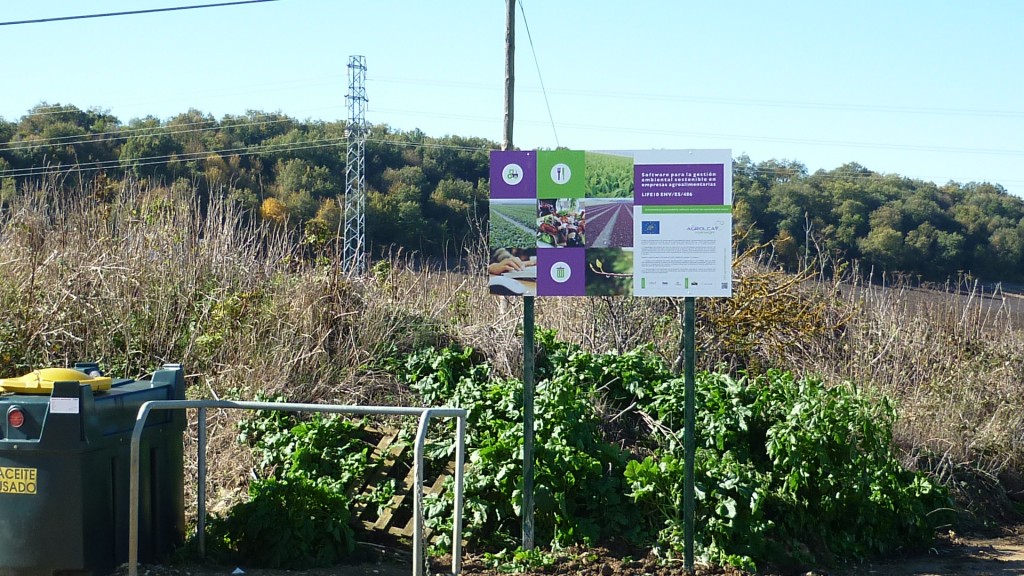The life cycle analysis is a methodological tool that is based on the collection and analysis of the inputs and outputs of each stage of the value chain of a product, estimating the potential environmental impacts, and allowing us to identify strategies to its reduction.
The factors taken into account as inputs/outputs:
         – Inputs: Use of resources and raw materials, parts and transport, electricity, energy, etc…which are taken into account in each process/phase of the systemÂ
         – Outputs: Releases to air, water and soil as well as waste and by-products, which are taken into account in each process/phase of the system.Â
- This, according to the ISO 14.040:2006 and ISO 14.044:2006 standards, where the spaecific steps that must be taken to carry out the analysis of the life cycle of a product.
Once the inventory of inputs and outputs is done, the environmental impact categories that we are interested in evaluating and currently have more interest as they relate to climate change are selected, which factor is expressed in kg CO2 Eq, which is known as Footprint carbon. Then turn the results of individual gas into CO2 equivalents. Therefore, the equivalent correct term would be HC emissions or CO2 equivalent releases, although in practice and merely for convenience the term Carbon footprint is more commonly used .














